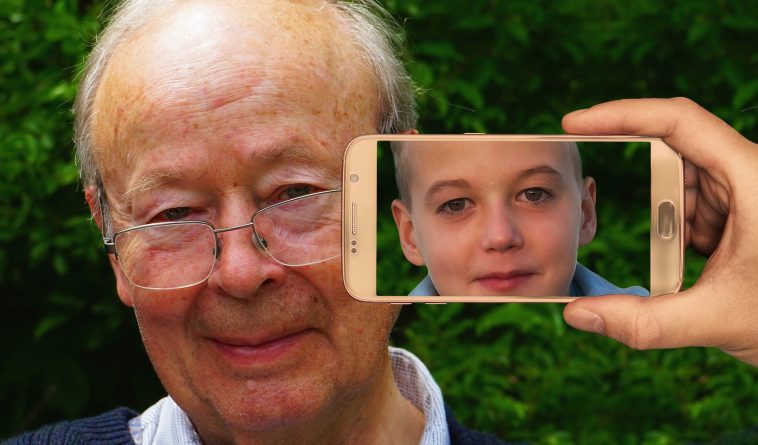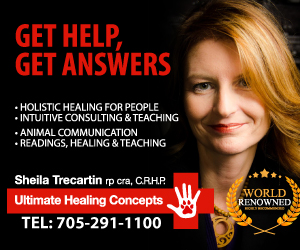Everywhere, people are fed up with enforced isolation. While adhering to stay-at-home orders at the urging of public health officials, and in empathy with frontline health care workers, the restrictions are taking a toll on the physical and mental well being of all. While senior citizens can be especially impacted, it is less commonly acknowledged that younger people, particularly teens, struggle with isolation too.
For older adults, enduring long periods cut off from family and friends is known to cause depression, generalized anxiety disorders, decreased sleep, and functional impairment. Research published in Lancet Public Health warns that social isolation can also accelerate cardiovascular and brain aging, exacerbating dementia.
Likewise, students of all ages are suffering from lockdowns. They are not getting the exercise and outdoor time they need. Schooling has been repeatedly disrupted. The entire cohort of first-year university students in 2020-21 has missed a formative experience. Many in this highly social generation have shifted to virtual friendship circles and online entertainment. Others exist in boredom and loneliness, absent engagement with anyone.
Dr. David Nabarro, a Special Envoy on COVID-19 for the World Health Organization, made headlines last October when he articulated the WHO’s position that “The only time we believe a lockdown is justified is to buy you time to reorganise, regroup, rebalance your resources, [and] protect your health workers who are exhausted.”
Yet, despite repeated regrouping, the virus is easily out manoeuvering the experts. And the lockdowns and movement restrictions continue.
So what can be done?
A prescription for patience is the order. But there is ample opportunity to harness this awful pandemic to connect isolated people – young and old – in innovative, health-inducing ways using online platforms.
Research shows that matching up young people with older people on digital platforms has a remarkably positive impact on both generations.
This is not a new idea. The aging of the “baby boomers” has had many researchers advocating for policymakers to leverage this generation as a massive learning resource. There is ample evidence of benefits to the boomers. One study showed that older adults providing internet‐based tutoring to fifth‐grade students became comfortable using computers, had improvements in mood, and had an enhanced quality of life from the interactions.
In a Canadian program, older adults provided second-language coaching to young people through video conferencing. An evaluation determined that participants of all ages valued the program with youth reporting benefits from the language immersion. Older adults demonstrated high levels of motivation to participate.
The pandemic has many more programs underway. Dr. Li Feng Tan, a researcher at Alexandra Hospital in Singapore, runs intergenerational programs that bring older and younger people together for exercise, dance, charades, bingo, Pictionary, music classes, performances, and virtual tours. A comparison of in-person programs with virtual programs found that online platforms have engaged more participants within the hospital, enabled engagement by patients in different wards, and eliminated the risk of cross-infection, a major concern during the current pandemic.
In addition to the health benefits, the basic skills with phones and computers that teenagers, and even young children can teach to seniors enables older people to connect themselves with other online platforms they enjoy, including resources for health promotion.
The programs are low-cost, easy to scale up, and do not require expensive health care professionals, therapists, or technicians.
Generations United, a clearinghouse for information on different types of intergenerational programs, has a publication in its resource library called Staying Connected While Staying Apart. The report lists dozens of engaging programs around the world, and step-by-step guidance on how to get involved or set up new virtual intergenerational programs. See www.gu.org.









